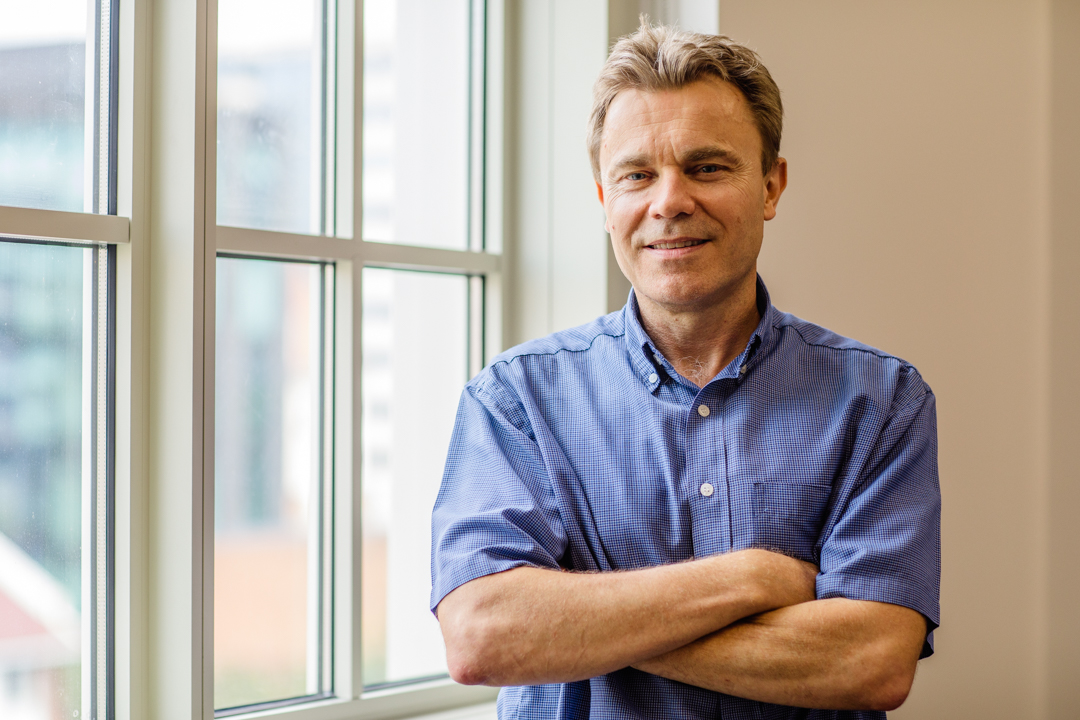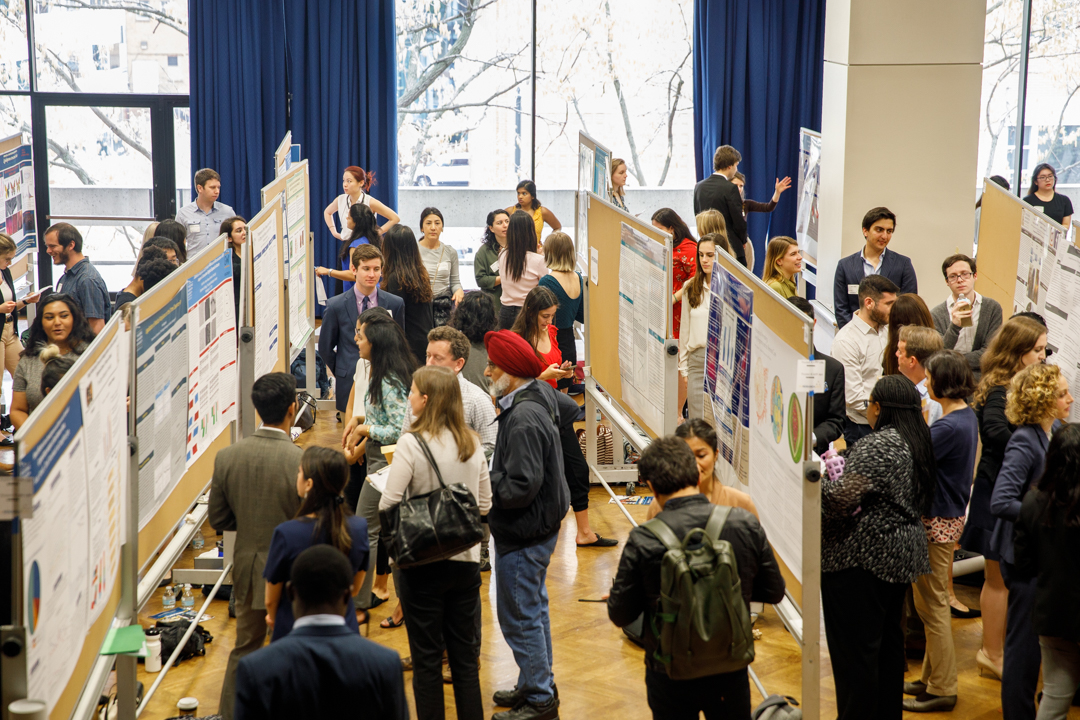By Kristen Mitchell
Magnets and slinkys are more than just fun toys—they demonstrate the laws of physics. A group of George Washington University students have been using them as part of an afterschool program to show local boys that science can be cool.
Members of the GW Society for Physics Students chapter put on a series of workshops every spring at Drew Elementary in Northeast Washington called “I Can Science.” They work with African American boys ages seven to 12 on subjects like gravity, angular momentum and electricity in partnership with the after school program Life-pieces to Masterpieces.
“One of the things we pride ourselves on is not being a science class,” said Jason Starita, a junior majoring in astrophysics and astronomy with a minor in STEM teaching. “Our priority is learning, but another priority we have is making it fun and accessible to the boys."
Mr. Starita is the group’s outreach chair and designed this year’s lessons, which run through the end of this month. His lessons build off the idea that science is all around us. Whether it’s dropping objects to study mass or rolling balls to see what makes them roll slower or faster, the groups aims to make every lesson hands-on.
For example, in a lesson this spring about the phases of the moon, every boy was given a ping pong ball and a flashlight to see for themselves how the shadows changed when they moved the flashlight—just like they change as the sun and moon rotate.
“Every boy had those materials and was able to do it for themselves,” he said. “In that way they get more of a hands-on experience, they get to physically be a part of science.”
The GW students were recently awarded a Future Faces of Physics award for their outreach efforts and have been awarded the SPS Outstanding Chapter Award four years in a row.
Gary White, physics professor and adviser of the GW Society for Physics Students, worked to launch the six-week annual program when he came to the university six years ago. He thought it would be a rewarding way for students to give back to the local community. Since then, the students have taken the lead on planning and organizing lessons.
Research shows that one way to master fundamental concepts is through teaching—an alternative motivation for Dr. White. Participation in this program has helped students explore the possibility of becoming teachers themselves one day.
“I like the idea of some of our physics students becoming good teachers, if they have that opportunity in college,” he said. “They might not be aware of how gratifying it is to do a successful job at teaching or explaining something because they’ve never been in that position.”
Even the most “hardcore” physics major gets satisfaction out of explaining Saturn’s rings to a child and exploring this subject they’re passionate about through play, Dr. White said. Faculty from the Department of Physics also often tag along for the lessons.
Mr. Starita, who plans to become a middle school or high school science teacher one day, hopes that these workshops and the repeated exposure to scientific concepts they provide sparks an interest in science and learning for the boys.





